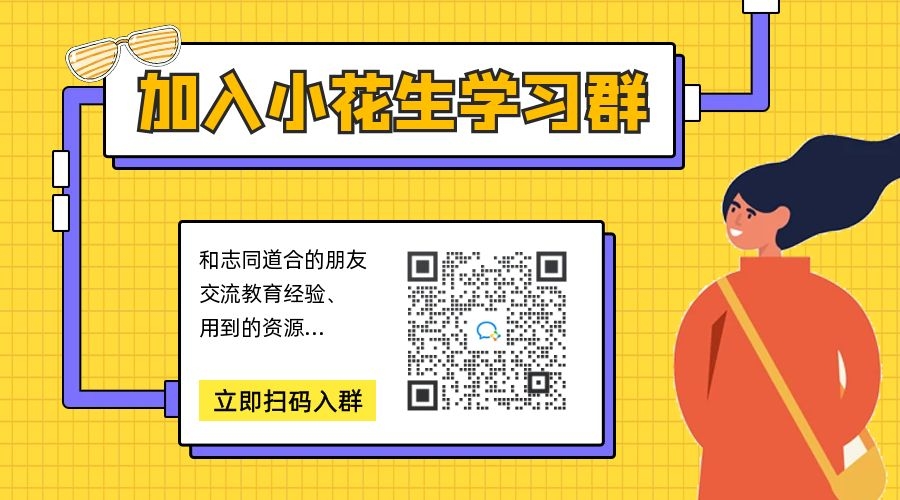As a child of educators, my summer highlights usually involved packing the car for the drive from the Midwest to wherever our parents’ wanderlust might lead. Before those trips, I remember visits to the Automobile Association of America (AAA) offices, where the agents would make detailed “TripTik” maps for our journey that anticipated detours or delays, noted long stretches without gas stations, and provided optional side trips to theme parks.
I liken my office’s responsibilities to that of the AAA office. If we consider K-12 education a journey, our curriculum maps include not only a diary of instruction, but also the grander process of mapping our intended journey through the curriculum review process. This extends beyond a simple checking of grade level mileposts (standards and benchmarks) and verifying that we have reached our destination through high scores on standardized testing.
In order to honor what researchers such as Robert Marzano have acknowledged as critically important — the impressive learned intelligence and deep background knowledge that students bring to the classroom — we need to consistently engage in “R&D,” or the research and design processes for which innovative businesses allocate human and financial resources. Two important facets of curriculum R&D include investigations into global education and business trends and, at the same time, engaging teams of practitioners in these conversations and decisions. While our curriculum maintains its anchor in fundamental skills (benchmarks) it also travels toward the other end of the philosophical continuum to what some refer to as critical thinking and 21st century skills.
Long ago, John Dewey and other progressive educational reformers of the early 20th century recommended moving beyond the Industrial Age approach to education toward what came to be known as constructivist learning. Dewey’s theories, explained in Education and Experience, were expanded by educational researcher Lev Vygotsky, who provided recommendations on ways to guide students from what they currently know and/or apply toward increasingly challenging experiences within their respective operational “zone” of understanding. Each then constructs his or her own knowledge through trial and error, contemplating alternative perspectives and multiple means of solving a problem rather than relying on teacher-provided, formulaic steps. While I value the need for formulae to explain phenomena around us, I believe it is the evaluation and application of knowledge achieved by discerning when to best apply these formulae that promote higher order thinking, not simply “plugging and chugging.” The goal of constructivist learning is to enrich the world of the learner through similar metacognition or that self-knowledge of the one’s own thinking processes. This self-awareness will continue to prove important as increasingly advanced tools become capable of generating work that used to require a rather sophisticated mind to produce.
SAS’s mission statement and curriculum strategic plans point toward developing globally competent leaders who can design and implement their own innovative applications and synthesize ideas and skills to improve the world around them. This will not happen overnight and educational researchers increasingly provide evidence that this cannot happen in isolation. Educators need time to collaborate, much as my mother and father would, to pour over the maps and TripTiks at various points during the trip. While my siblings and I might have preferred that this happened before we got in the car, there were unpredictable modifications that required pulling over on the side of the road and adapting on the spot. Similarly, educators need adequate time during the instructional day, according to recent studies by Joellen Killion, former executive director of the Learning Forward organization. Her research team found that teachers need shared time, before pressing needs arise, to adapt to students’ learning needs in staggered increments both during the instructional day and throughout the academic year.
As we continue to strategically plan our academic calendar, let us reflect if the most productive time for collaboration for our SAS population truly occurs at the beginning of the academic year or around holiday breaks? Imagine the journey if my parents had not stopped periodically to check the engines (evaluating MAP testing data or common assessment results) or fill up with petrol (mental breaks to collaborate in teacher-driven professional learning communities), and to ensure that the journey is sufficiently motivating for the kids (create, share, and infuse learning designs). The constructivist’s curriculum roadmap would go as far as to place students in the driver’s seat, with the knowledgeable and fortified teacher as navigator, coaching through road hazards, asking questions that support making quick decisions, and instilling the confidence through success to take control of a powerful vehicle — their future.
My parents’ wanderlust has not diminished in their 70s; neither will learning end for our students after SAS. However, instead of a TripTik from AAA, I just dot-commed my mother a handheld, voice-command, GPS system. As mom’s travel tools have adapted to the innovations available in this decade, so our SAS educators and administrators adapt our approaches to education for global citizens. Fernando Reimers, Harvard professor and director of the International Education Policy Program, pro- posed three dimensions of globally competent leaders: a positive, empathetic, and respectful approach to cultural differences; the ability to speak, understand, and think in several global languages; and sufficient historical and global perspective to think critically and creatively around complex international economic, political, and environmental issues. SAS parents and staff are nearly perfectly poised to integrate our instruction, assessment, and curriculum across these three dimensions. In partnership with parents, we can continue this journey, equipping students with courage to take the wheel for the exciting road ahead towards academic and professional excellence.
By Alicia Lewis, Curriculum and Professional Development Coordinator






